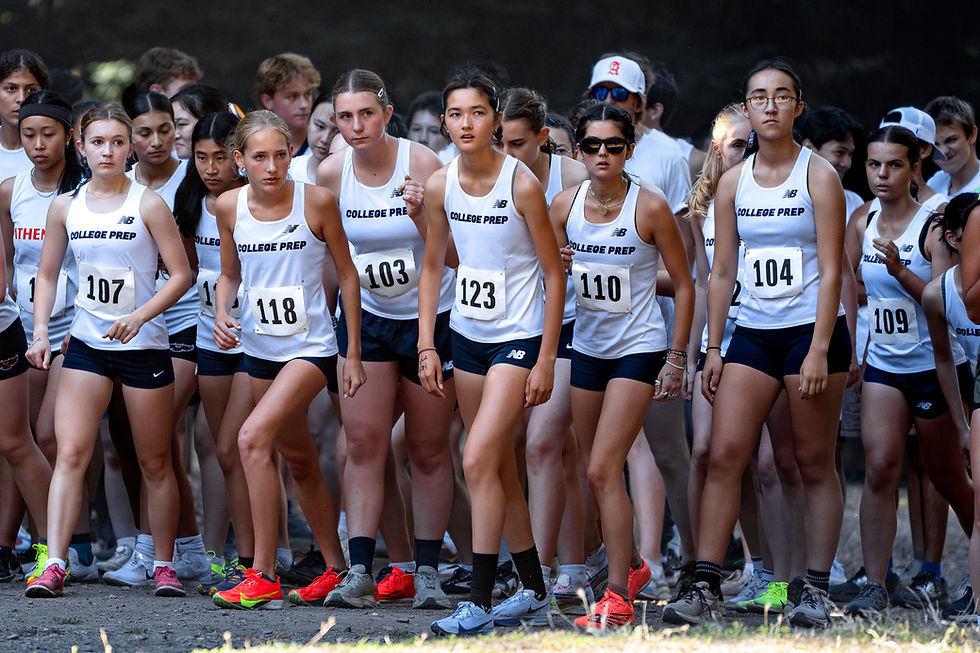Tapping Into the Power of Street Names
- Richard O
- Aug 20, 2021
- 4 min read
Updated: Oct 12, 2021
Last summer, I biked around Walnut Creek almost every day. My goal was immense: bike down every single street, avenue, and court in my neighborhood and some reasonable distance beyond. When I returned to my house at night, I would print out Google maps and sketch lines through the streets I passed. After a month or two, I stood in front of a web of graphite and a lot of street names to remember. It would be a game for me each time I went a bit farther through the neighborhood: try to remember all the street names you could while you got there. “There’s Ridgewood Road, Pine Tree Drive, and Cedar Lane,” I thought. As I biked around, some questions came to mind, such as “who comes up with these names?” “What do they mean?” “Why are some of them so uninteresting?” I would like to share with you today an ambitious idea which I believe will, at least to some capacity, resolve the issue of street name mundaneness while lifting up many other smaller issues along the way. Let’s tap into the power of street names.
The more ambitious side of this plan would be to rename all the dully-named streets of Walnut Creek to more creative, historically relevant names. One obvious benefit I see from this plan is an increase in the public’s historical knowledge, perhaps not just at the national or state level, but, far more importantly in my opinion, at the local level. I recently asked four of my friends from middle school, all of whom live in Walnut Creek, to rank their historical knowledge of the city from zero, knowing absolutely nothing; to ten, being confident enough to know the answer to any historical question asked. None of them answered with a score higher than two. As a resident of the city of Walnut Creek myself, I can’t say that I would have scored myself any higher, as well. It’s unfortunate that my friends and I know close to nothing about the important historical figures of our city: the indigenous peoples, early settlers, and, in particular, the leaders and mayors of the past. In the case of these leaders, with just a quick Google search, it’s hard to find more information beyond their names. For people like me who wish to know more about the history of my home, there aren’t any readily available resources, save one or two fairly expensive and increasingly outdated books: Images of America: Walnut Creek, and Walnut Creek: An Illustrated History. Still, these do not actually dive too much into peoples’ lives past some major achievements or developments. With enough support for extensive historical research of the city and the implementation of a program to name streets after them, the names of prominent figures from the city’s life will deservedly become more known. The street signs would become great conversation starters during road trips! To make this initiative comprehensive, signmakers could imprint QR codes on the ends, which would link to official historical websites giving anecdotal information about the person. This is an example of what it could look like. Not only would this plan promote historical scholarship, but it could also improve health, as neighbors find a motivator to get some more exercise walking around the neighborhood, in the form of new reading material. This plan could even increase tourism, as people from neighboring cities come to learn more about us. If they so choose, preventing possible arguments over the present political controversies would be simple: the city could implement a rule stating that the signs’ names must be only of people who have passed away. These parallel the guidelines that the U.S. Mint has been following when deciding who to put on the new 2022-2025 American Women Quarters.
On the other hand, I can definitely see how changing the names of dozens of roads at once could grow into a major hassle, especially for mailing and GPS services, not to mention thousands of legal documents tied to houses and people. Aside from renaming streets, a tamer, cheaper, and more preferable idea might be to simply expand upon names that were already there by adding new historical information under the same QR system. A great example is Rudgear Road, a major exit road from the highway. The only information that Walnut Creek: An Illustrated History provides is that “Andrew Rudgear left his estate to his four children [when he] died in July, 1920.” I can’t believe that’s all the information available on the namesake of a mile-and-a-half-long road after somebody! Even for a more minor side-street, such as Stewart Avenue, I would like to have more context as to who “Stewart” is. Or, in the case of Holly Hill Drive, was there once a holly bush beside the road? Without providing context, I feel that you would be making the same mistake as painting a portrait of a seemingly random colonial person in a park and only giving it the name “George Painting,” instead of providing a plaque to go along with it about President George Washington’s life; you’re just missing out on so much historical opportunity!
With 1249 streets to choose from in Walnut Creek, dozens holding the names of people, I feel that my little QR street sign idea could go a long way. My city is full of hikers and dog-walkers, pelotons of bikes, and waves of cars, myself being a part of all those groups, especially when I’m downtown. I believe that making simple street signs into playful historical landmarks which are accessible to all so long as you have a cell phone would bolster local historical knowledge, interest in personal health, and tourism immensely.





Comments